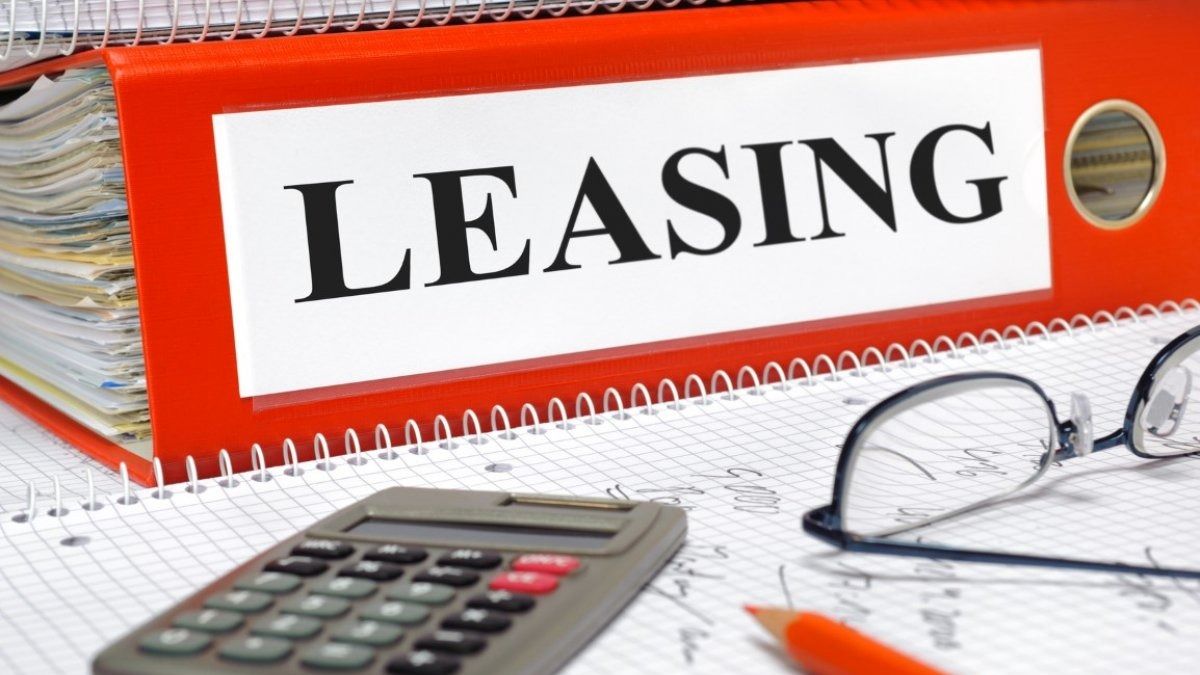Leasing is presented as a financial tool with great potential in Argentina, especially in a context of economic recovery projected for 2025. This instrument, which allows financing capital goods through a rental-purchase scheme, is underutilized in the country, representing barely 0.05% of GDP. Compared to neighboring economies such as Colombia (4.5%), Chile (3.4%) or Mexico (2%), Argentina shows a significant margin for improvement.
According to the latest INDEC reports, the macroeconomic indicators for 2024 have shown a sustained recovery, highlighting the drop in year-on-year inflation, the consolidation of the surplus and credit growth. These factors create a favorable environment for the development of leasing as a key financial tool.
The financial system has experienced an increase in demand for credit, which has allowed the debt-to-GDP ratio to improve. Although this indicator is still far from regional standards, The country is moving towards a better balance between short- and long-term debt, reflecting a greater predisposition towards investment.
Leasing in Argentina: diversification to satisfy demands
Leasing in Argentina is diversifying to meet the demands of different productive sectors. Among the main variants that are gaining traction, in a context with clearly slowing inflation, we can highlight the following:
- Operating leasing: allows you to reduce monthly requirements by increasing the residual value.
- Real estate leasing: facilitates the acquisition and construction of real estate, a key resource for expanding companies.
- Leasing for imports: a tool that allows donors to import machinery in their name, mitigating logistical and regulatory restrictions.
- Sale and leaseback: used to rebuild working capital through the sale of assets and their subsequent rental. Likewise, leaseholders in Argentina are looking for flexible financing alternatives, including fixed, variable or combined rates, adapting to a changing economic environment.
At the local level, the balance of the leasing portfolio is allocated 62.5% to financing the purchase of transportation and logistics equipment, 18.4% to the acquisition of technology and telecommunications goods, 9.5% to acquisition of construction machinery, 3.2% for the purchase of agricultural machinery and 4.1% for the purchase of industrial equipment.
In fact, in the third quarter of 2024, signs of recovery have been seen due to the greater demand for financing for the acquisition of transportation and logistics equipment, which represented almost three quarters of total operations in the sector. Demand from small and medium-sized companies also grew, increasing their participation in the total portfolio balance, which rose from 46.3% to 48.7%.
The energy, mining, agriculture and fishing sectors are the ones that will drive economic recovery for multiple reasons. For example, the comparative advantage they present with respect to the rest of the sectors of the economy, based on the enormous oil and gas reserves in Vaca Muerta, and the boost provided by the government to capital-intensive sectors through the Incentive Regime for Large Investments (RIGI), which offers tax, customs and exchange incentives for 30 years to attract investments exceeding US$200 million.
Growth opportunity
The data shows that Argentina is lagging behind its Latin American peers in the use of leasing as a percentage of GDP. This should not only be interpreted as a disadvantage, but as an indicator of the enormous growth potential.
In developed markets, leasing is not only consolidated, but is the main instrument for financing capital goods and investment projects. Both legal entities and individuals in advanced countries use this resource as a comprehensive solution to renew fleets, acquire the latest technology machinery and even finance real estate projects.
If Argentina managed to even reach the regional average of 2.5%, the impact on the productive system would be significant. This advance will not only imply greater opportunities for SMEs and large companies, but also a multiplier effect on job creation.
At Leasing Argentina we work so that the structural changes in the Argentine economy offer a unique opportunity to install this tool as a reference financial option. The objective is not only to reach levels similar to those of the region, but also to build a model that addresses the particularities of the local market, promoting investment and economic growth.
In short, leasing is positioned as a key instrument in the productive transformation of Argentina. The conditions are in place for this tool, still little used, to find in the short term the ideal scenario to consolidate itself as an engine of economic development. Taking advantage of its potential is not only a necessity, but also a strategic opportunity that the country cannot miss.
* ALA President
Source: Ambito
I am Pierce Boyd, a driven and ambitious professional working in the news industry. I have been writing for 24 Hours Worlds for over five years, specializing in sports section coverage. During my tenure at the publication, I have built an impressive portfolio of articles that has earned me a reputation as an experienced journalist and content creator.




